Things to Do in Davao de Oro: A Comprehensive Guide
Davao de Oro, formerly known as Compostela Valley, is a province in the Philippines that boasts breathtaking natural wonders and exciting tourist spots. Visitors can explore towering mountain peaks, enchanting mossy forests, mighty rivers, scenic lakes, and majestic waterfalls. Whether you’re an adventure seeker or a nature lover, Davao de Oro has something to offer.
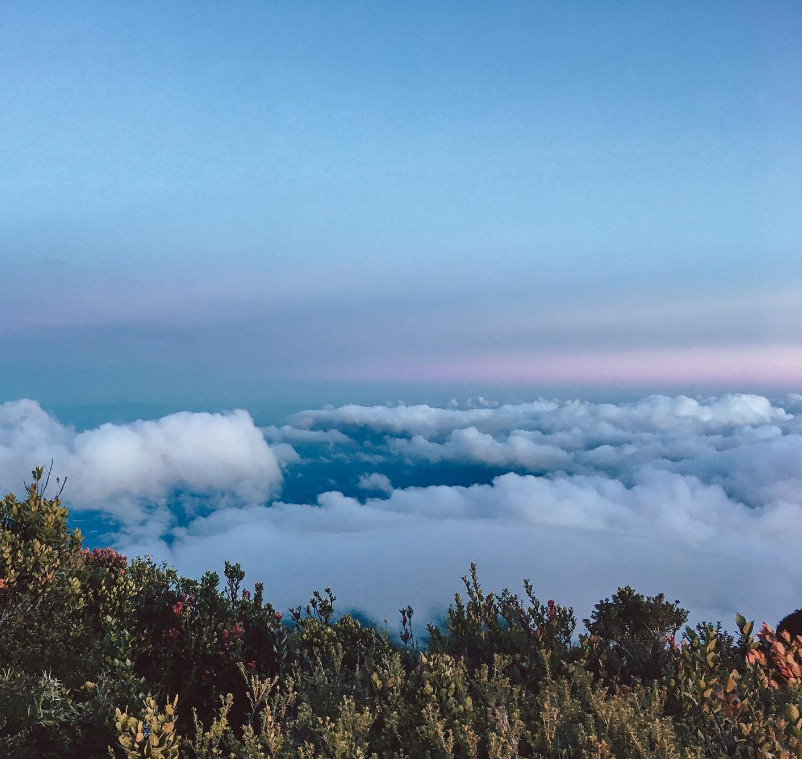
One of the most popular activities in Davao de Oro is hiking. Mt. Pandadagsaan, also known as the White Peak, is one of the best hiking spots in the province. It offers a challenging yet rewarding climb with a breathtaking view of the surrounding mountains. Visitors can also explore the dense forests and magnificent falls of the province, such as the Awao Falls, Tagbibinta Falls, and Mainit Sulfuric Springsring.
For those who prefer a more laid-back experience, Davao de Oro also offers relaxing activities such as island hopping and beach bumming. Visitors can take a boat ride to some of the most beautiful islands in the Philippines, where they can enjoy spectacular beaches and plenty of water activities. With so many things to do and see, Davao de Oro is a must-visit destination for anyone looking for an unforgettable adventure in the Philippines.
Table of Contents
Overview of Davao de Oro
Davao de Oro is a province located in the Davao Region in the southern part of the Philippines. It was formerly known as Compostela Valley until it was renamed in 2bye of Republic Act No. 11297. The province is known for its natural attractions such as beaches, waterfalls, forests, mountain ranges, caves, lakes, and rivers, making it a popular destination for nature lovers and adventure seekers.
The province has a rich history dating back to pre-colonial times. According to local folklore, the name “Davao” came from the word “daba-daba,” which means fire. It is said that the area was once inhabited by a group of Bagobo people who were known for their skill in making fire. In the 16th century, the area was colonized by the Spaniards, and in the 19th century, it became part of the Moro Province. During the American period, Davao became a district of the Department of Mindanao and Sulu, and in 1967, it became a province.
Today, Davao de Oro is a bustling province that is home to a diverse population of indigenous peoples, migrants, and settlers. The province has a vibrant culture that is reflected in its festivals, such as the Kadayawan sa Davao, which celebrates the bountiful harvest of fruits and flowers.
Visitors to Davao de Oro can enjoy a wide range of activities, from hiking and trekking to swimming and snorkeling. Some of the popular tourist spots in the province include the Mount Apo Natural Park, the Tagbibinta Falls, and the Mainit Hot Springs. The province is also known for its delicious fruits such as durian, pomelo, and mangosteen, which are a must-try for foodies visiting the area.
Getting There
Davao de Oro can be easily accessed by air, land, and sea.
By Air
The Francisco Bangoy International Airport (DVO) in Davao City is the nearest airport to Davao de Oro. From there, you can take a bus or van to reach your destination. Airlines that operate flights to Davao City include Philippine Airlines, Cebu Pacific, and AirAsia.
If you’re coming from Clark, Pampanga, you can take a direct flight to Davao City via Philippine Airlines or Cebu Pacific.
By Land
If you’re coming from Cagayan de Oro, you can take a bus or van to Davao City. The trip takes around 6-8 hours depending on the traffic and the type of vehicle. From Davao City, you can take another bus or van to Davao de Oro.
By Sea
There are no direct ferries to Davao de Oro, but you can take a ferry from Manila to Davao City. 2GO Travel operates ferries that ply the Manila-Davao route twice a week. From Davao City, you can take a bus or van to Davao de Oro.
International Flights
If you’re coming from outside the Philippines, you can take a flight to Singapore and then connect to Davao City via Philippine Airlines or SilkAir. Alternatively, you can take a flight to Manila and then connect to Davao City via Philippine Airlines, Cebu Pacific, or AirAsia.
Accommodation and Expenses
Davao de Oro offers a variety of accommodation options that cater to different budgets and preferences. From luxury resorts to budget-friendly lodges, visitors can find something that suits their needs.
The cost of accommodation in Davao de Oro varies depending on the type of lodging and the season. On average, a night at a mid-range hotel can cost around PHP 2,000 to PHP 3,500, while a budget-friendly option can cost as low as PHP 500 to PHP 1,500 per night. Visitors can also find luxury resorts that can cost upwards of PHP 5,000 per night.
Most accommodations in Davao de Oro offer basic amenities such as air conditioning, Wi-Fi, and hot water. Some hotels and resorts also offer additional amenities such as swimming pools, spas, and fitness centers. Visitors can check the amenities offered by the accommodation before booking to ensure that they meet their needs.
The staff at accommodations in Davao de Oro are generally friendly and accommodating. They are knowledgeable about the local area and can provide useful information and recommendations to visitors. Visitors can approach the staff for assistance with booking tours or transportation, or for recommendations on local restaurants and attractions.
Waterfalls and Natural Pools
Davao de Oro is a province in the Philippines known for its natural wonders, including its waterfalls and natural pools. Visitors can enjoy a refreshing dip in the cool waters while surrounded by lush greenery and stunning scenery. Here are some of the best waterfalls and natural pools to visit in Davao de Oro:
Tagbibinta Falls
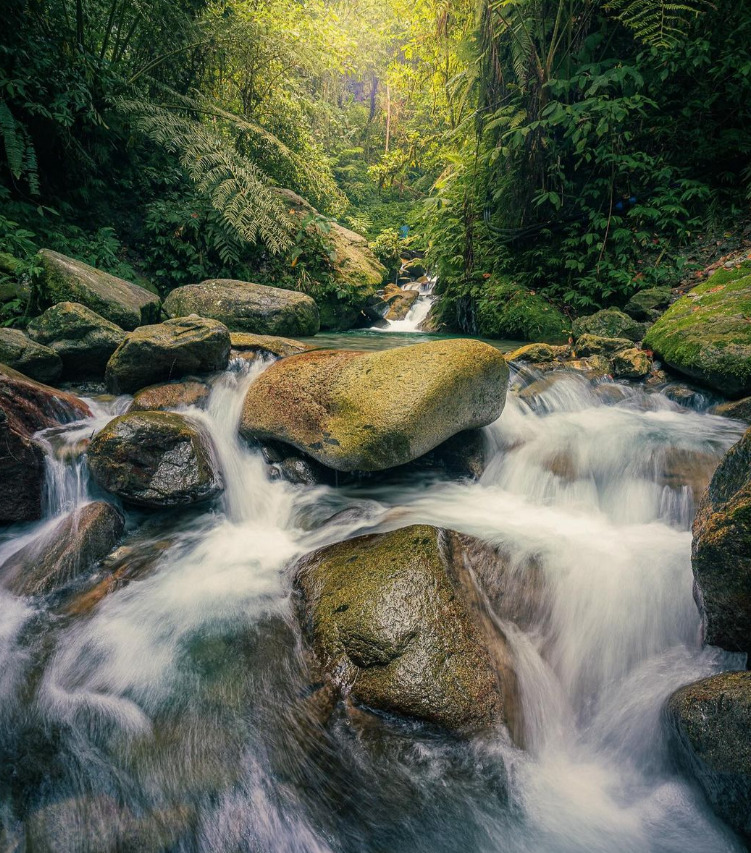
Tagbibinta Falls is a stunning waterfall located in the town of New Bataan. The 50-foot-high waterfall is surrounded by lush vegetation, making it an ideal spot for nature lovers. Visitors can take a dip in the cool waters or enjoy a picnic by the falls.
Marangig Falls
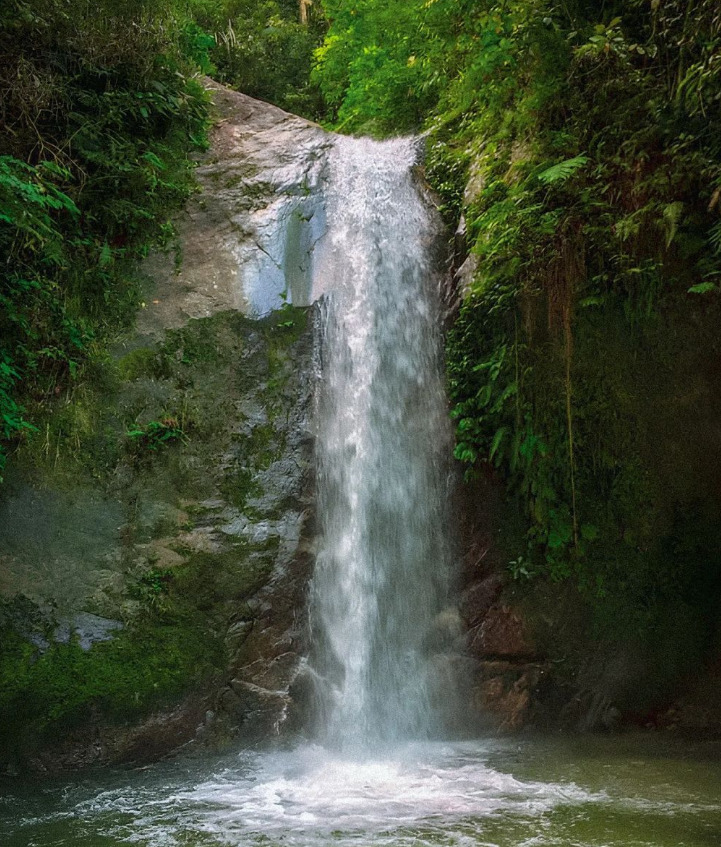
Marangig Falls is a hidden gem located in the town of Maragusan. This waterfall is known for its natural pool, which is perfect for swimming and relaxing. The pool is surrounded by towering trees, creating a serene and peaceful atmosphere.
Malumagpak Falls
Malumagpak Falls is the highest waterfall in Davao de Oro, standing at 230 feet. The waterfall is located in the town of New Bataan and is surrounded by lush greenery. Visitors can take a dip in the natural pool at the base of the falls or hike to the top for a breathtaking view.
Awao Falls
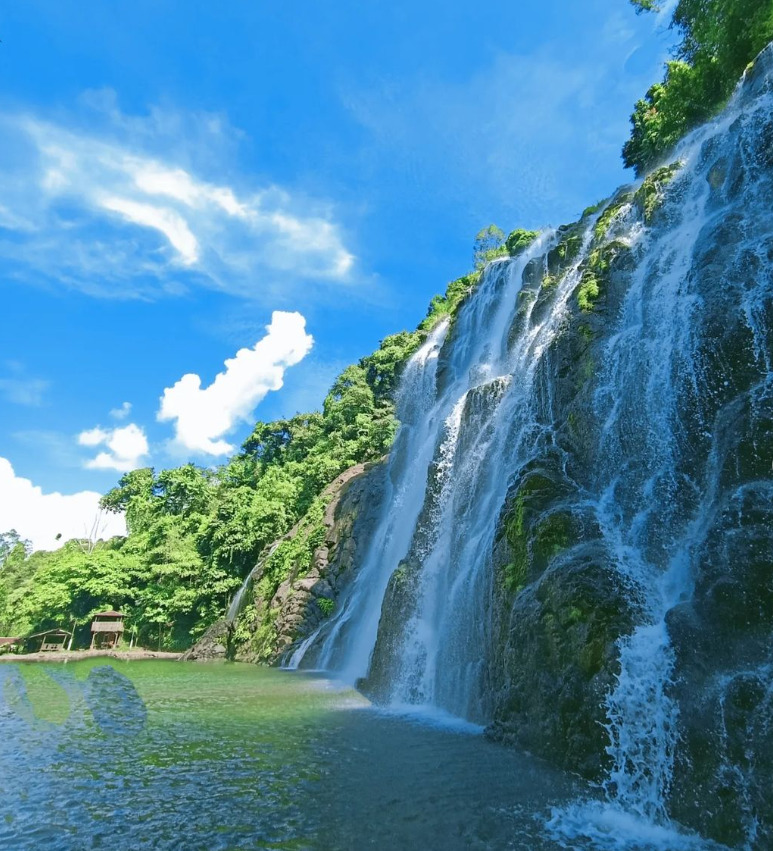
Awao Falls is a popular destination located in the town of Monkayo. This waterfall features multiple tiers, creating a stunning cascading effect. The natural pool at the base of the falls is perfect for swimming and relaxing. Visitors can also hike to the top for a panoramic view of the surrounding area.
Tudaya Falls
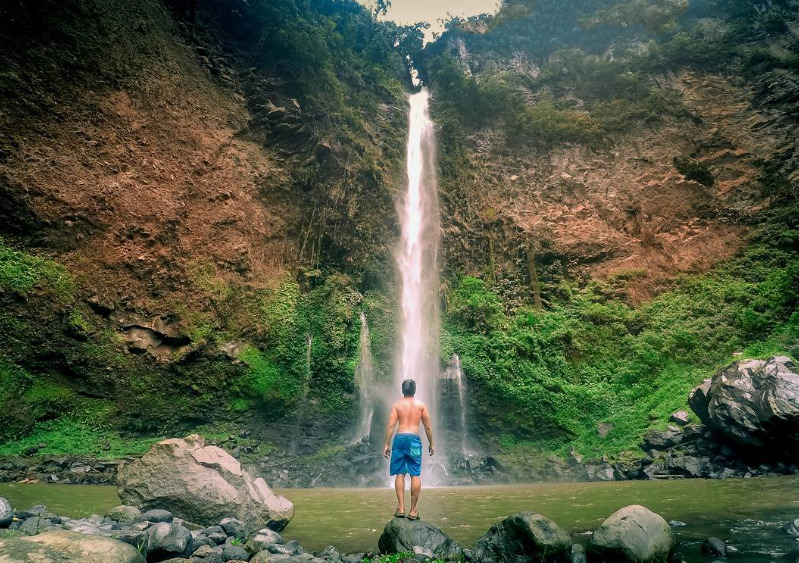
Tudaya Falls is a beautiful waterfall located in the town of Sta. Cruz. The waterfall is surrounded by towering trees and lush vegetation, creating a serene and peaceful atmosphere. Visitors can take a dip in the natural pool or hike to the top for a stunning view of the surrounding area.
Whether you’re looking for a relaxing spot to cool off or an adventurous hiking destination, Davao de Oro’s waterfalls and natural pools offer something for everyone. So pack your bags, grab your hiking shoes, and get ready to explore the natural wonders of this beautiful province.
Mountain and Forest Treks
Davao de Oro is a haven for nature lovers and adventure seekers. The province boasts of towering mountain peaks and enchanting mossy forests that offer breathtaking views and challenging hikes. Here are some of the best mountain and forest treks to explore in Davao de Oro.
Mt Candalaga
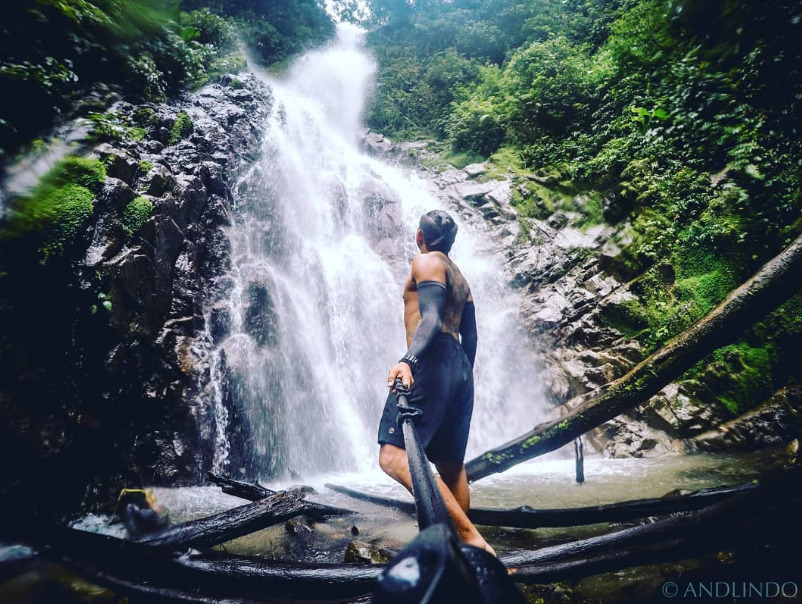
Mt Candalaga is a popular hiking destination in Davao de Oro. It is known for its stunning panoramic views of the province and its neighboring areas. The hike to the summit takes around 3-4 hours, depending on the pace of the hiker. The trail is steep and challenging, but the reward at the top is worth it. Hikers can enjoy a 360-degree view of the surrounding mountains and forests.
Fabian’s Peak
Fabian’s Peak is another popular hiking destination in Davao de Oro. It is located in the town of New Bataan and offers a challenging hike to the summit. The trail is steep and rocky, but the views at the top are worth the effort. Hikers can enjoy panoramic views of the surrounding mountains and forests.
Mossy Forest
The Mossy Forest is a unique ecosystem found in the mountains of Davao de Oro. It is a cloud forest that is covered in mosses, ferns, and other epiphytes. The forest is home to a variety of wildlife, including birds, insects, and small mammals. Hikers can explore the forest and marvel at its beauty and biodiversity.
In conclusion, Davao de Oro is a paradise for hikers and nature lovers. The province offers a variety of mountain and forest treks that cater to different levels of experience and fitness. Whether you are a seasoned hiker or a beginner, there is a trek for you in Davao de Oro. So, pack your bags and explore the beauty of this province.
Eco-Tourism Destinations
Davao de Oro is home to many eco-tourism destinations that offer visitors the opportunity to experience the natural beauty of the province. Here are some of the top eco-tourism destinations in Davao de Oro:
Maragusan
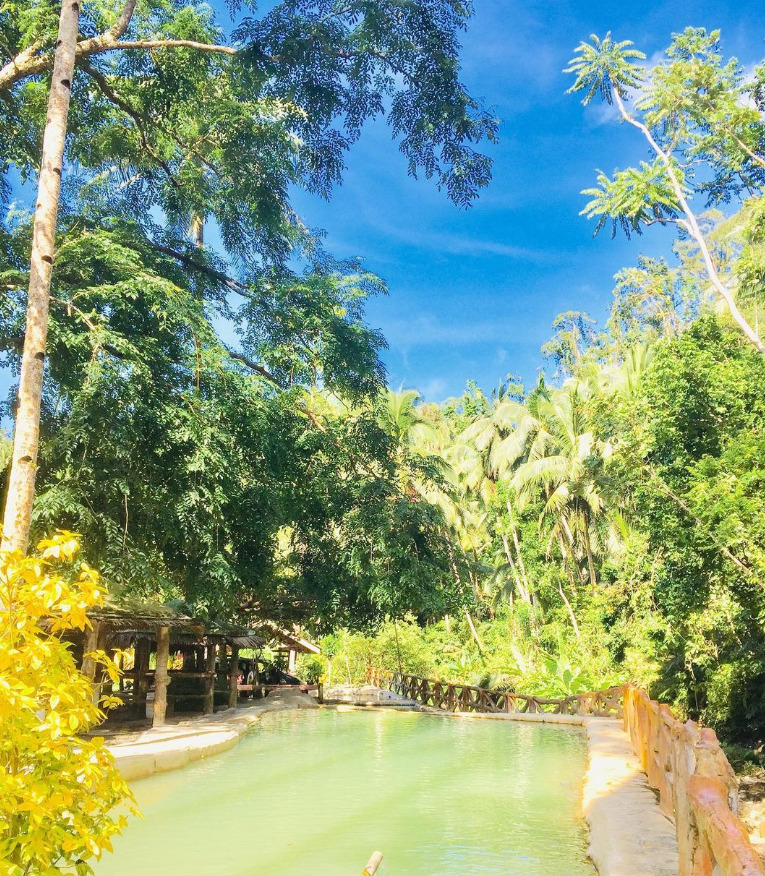
Maragusan is a municipality in Davao de Oro that is known for its natural attractions. It is home to the Marangig Falls, which is a popular spot for swimming and picnicking. The area is also known for its hot springs, such as the Tagbibinta Hot Spring and the Mainit Hot Spring. Visitors can also explore the Maragusan Protected Landscape, which is a protected area that is home to a variety of bird species and other wildlife.
Andap
Andap is a barangay in the municipality of New Bataan that is known for its eco-tourism destinations. One of the most popular attractions in Andap is the Manurigao Falls, which is a multi-tiered waterfall that is surrounded by lush vegetation. Visitors can also explore the Andap Trail, which is a hiking trail that offers stunning views of the surrounding mountains and valleys.
New Bataan
New Bataan is a municipality in Davao de Oro that is known for its natural attractions. The area is home the Mount Candalaga, which is a popular spot for hiking and camping. Visitors can also explore the New Bataan Natural Park, which is a protected area that is home to a variety of plant and animal species. The park is also home to the Agong House, which is a traditional house of the Bagobo-Tagabawa tribe.
Laak
Laak is a municipality in Davao de Oro that is known for its eco-tourism destinations. One of the most popular attractions in Laa the Mount Hilong-Hilong, which is a popular spot for hiking and camping. Visitors can also explore the Laak River, which is a popular spot for kayaking and rafting. The area is also known for its hot springs, such as the Mainit Hot Spring and the Tagbibinta Hot Spring.
Local Cuisine
Davao de Oro is a food lover’s paradise, offering a wide variety of local cuisine that is sure to please any palate. Filipino food is the most popular cuisine in the province, and visitors can find a variety of dishes that are unique to the region.
One of the most popular local delicacies is durian. This fruit is known for its strong smell and unique taste, and it is often used in desserts and other sweet dishes. Visitors can try durian candies, which are a popular pasalubong, or take a trip to a local market to try fresh durian.
Another local specialty is civet coffee, which is made from coffee beans that have been eaten and excreted by civet cats. The beans are then washed and roasted to create a unique and flavorful coffee. Visitors can try civet coffee at local cafes and restaurants, or purchase it to take home as a souvenir.
In addition to these unique specialties, visitors can also enjoy a variety of traditional Filipino dishes. Some popular dishes include adobo, a savory stew made with chicken or pork, and sinigang, a sour soup made with meat or seafood and vegetables. Visitors can also try lechon, a roasted pig that is a staple at many celebrations and festivals.
Shopping and Markets
Davao de Oro offers a variety of shopping destinations, from local markets to modern malls. Visitors can find everything from fresh produce to souvenirs.
One of the most popular markets in the province is the Nabunturan Public Market. Here, visitors can find a wide range of fresh produce, including fruits, vegetables, and seafood. The market is also a great place to buy souvenirs, such as local handicrafts and textiles.
For those looking for more modern shopping experiences, there are several malls in the province. The most popular is the Gaisano Grand Mall in Nabunturan. This mall offers a wide range of stores, including clothing, electronics, and home goods. There are also several restaurants and a cinema.
Another popular mall in the province is the Felcris Centrale in Tagum City. This mall features a mix of local and international brands, as well as a supermarket and a food court.
In addition to markets and malls, there are also several specialty shops in Davao de Oro. For example, the Batirol Cafe in Nabunturan offers a unique shopping experience, with a wide range of artisanal chocolates and other sweets.
Wildlife and Nature Parks
Davao de Oro is home to several wildlife and nature parks that offer visitors the chance to experience the beauty and diversity of the region’s flora and fauna. Here are some of the top parks to visit:
Crocodile Park
The Crocodile Park is a popular attraction in Davao de Oro that is home to over 10,000 crocodiles. Visitors can take a tour of the park to learn more about these fascinating creatures and even watch them being fed. In addition to crocodiles, the park is also home to other reptiles such as snakes and lizards.
Philippine Eagle Center
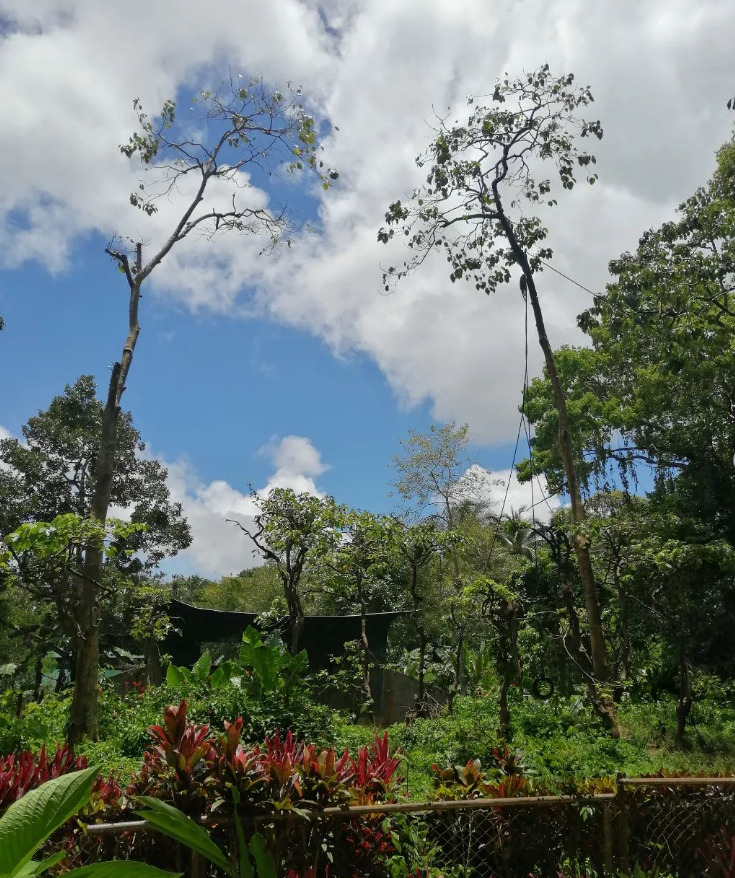
The Philippine Eagle Center is a conservation facility that is dedicated to protecting the Philippine eagle, one of the world’s rarest and most endangered birds. Visitors to the center can see these majestic birds up close and learn about the efforts being made to protect them from extinction.
Eden Nature Park
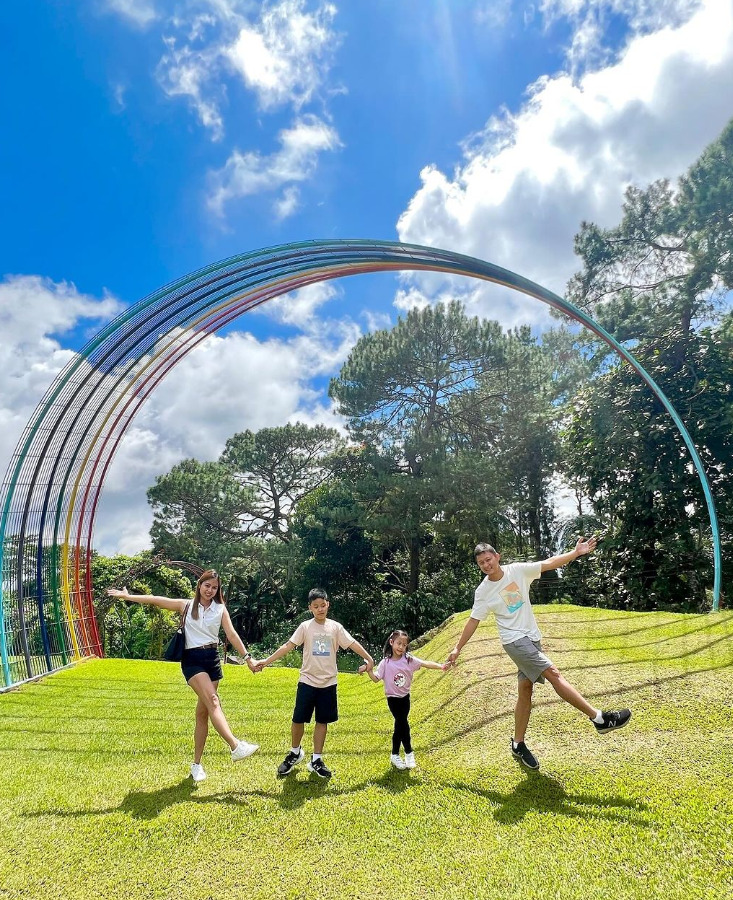
Eden Nature Park is a sprawling nature reserve that covers over 80 hectares of land. The park is home to a wide variety of flora and fauna, including rare orchids, colorful birds, and playful monkeys. Visitors can take a guided tour of the park to learn more about its history and ecology or simply enjoy a stroll through the lush gardens.
Davao Butterfly House
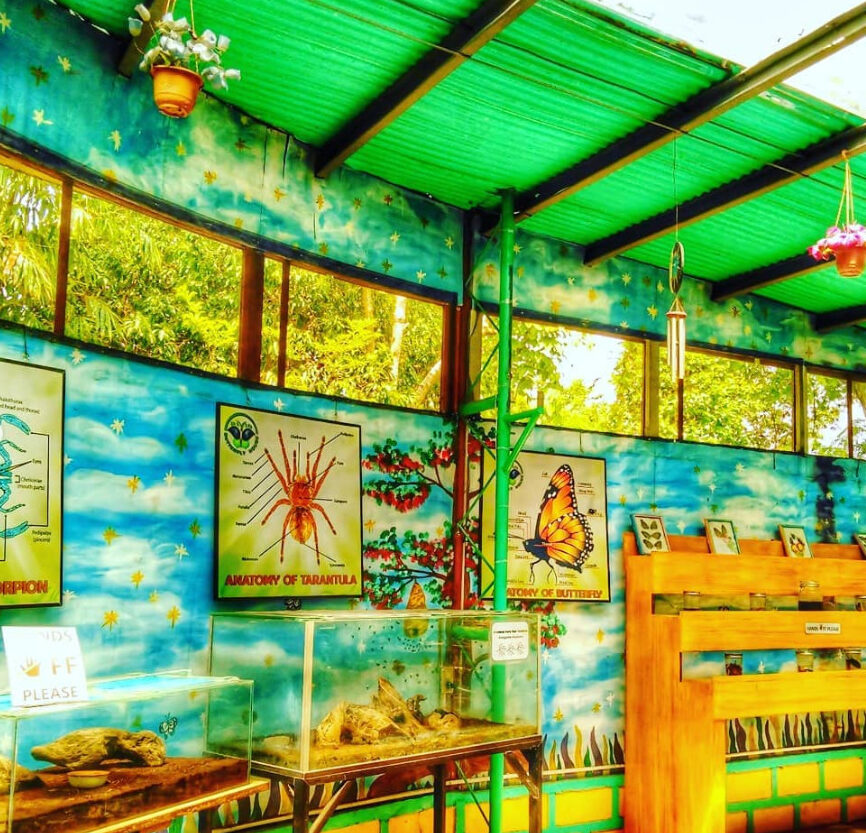
The Davao Butterfly House is a unique attraction that offers visitors the chance to see hundreds of colorful butterflies up close. The house is home to a wide variety of butterfly species, from the tiny blue morpho to the giant atlas moth. Visitors can take a guided tour of the house to learn more about these fascinating insects and their role in the ecosystem.
Cultural and Historical Sites
Davao de Oro is not just a destination for outdoor enthusiasts, but also for those who are interested in immersing themselves in the local culture and history. Here are some of the cultural and historical sites in the province that visitors should not miss.
Museo Dabawenyo
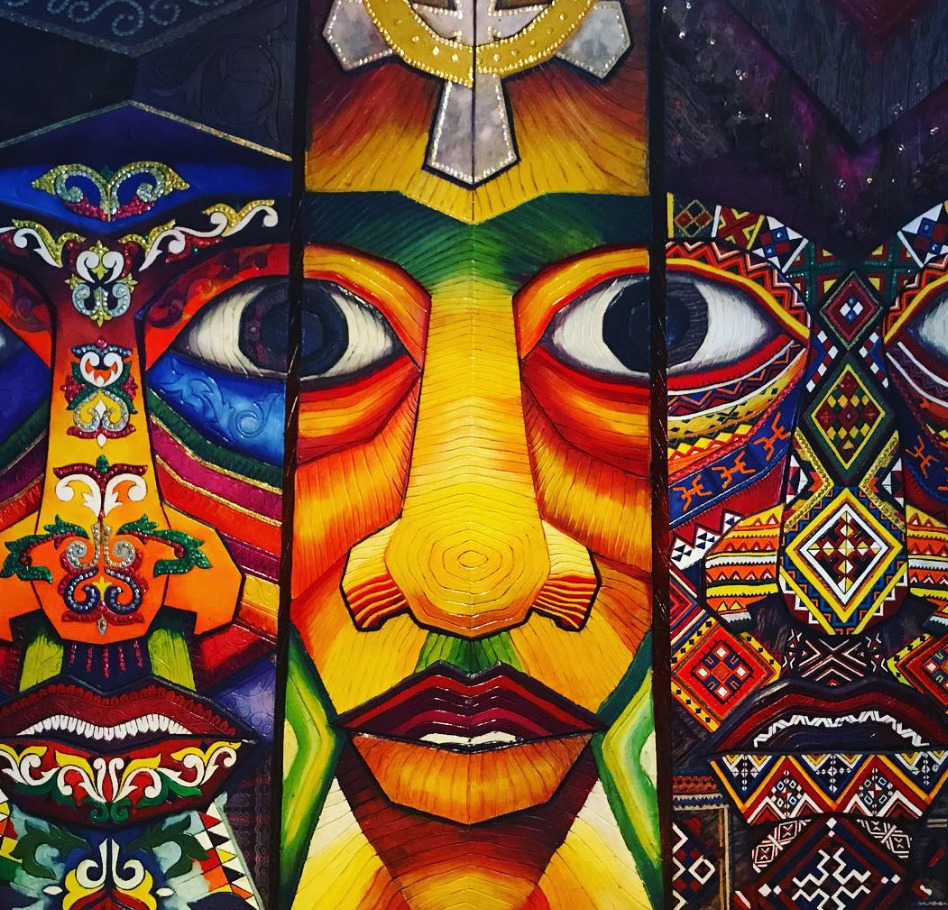
Museo Dabawenyo is a museum located in Davao City that showcases the rich cultural heritage of the Davao region. The museum has several galleries that feature artifacts and exhibits related to the history, culture, and traditions of the indigenous peoples of Davao. Visitors can learn about the different ethnic groups in the region, their customs and beliefs, and their contributions to the development of Davao.
Long Hua Temple
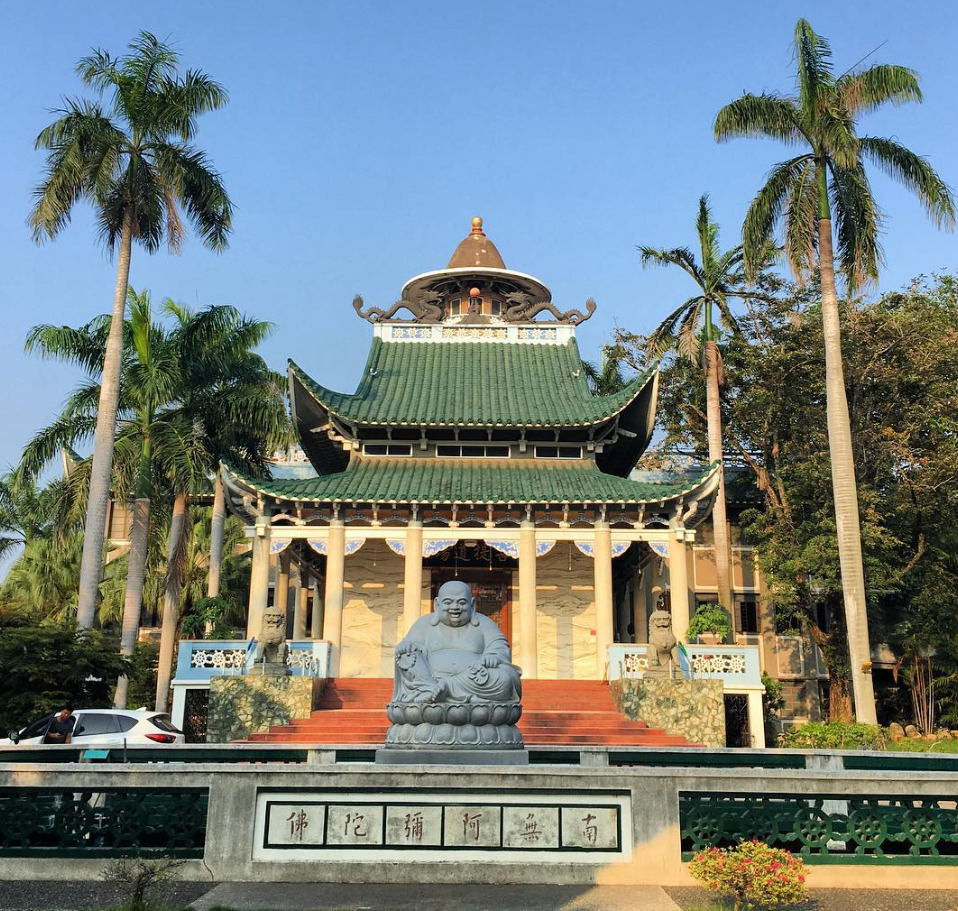
Long Hua Temple is a Buddhist temple located in Tagum City, Davao de Oro. The temple was built by the Chinese community in the area and is dedicated to Guan Yin, the Buddhist goddess of mercy. Visitors can explore the temple’s ornate architecture and beautiful gardens, and learn about the teachings of Buddhism.
Mindanao Taoist Temple
The Mindanao Taoist Temple is a Taoist temple located in Davao City. The temple was built by the local Chinese community and is dedicated to the Taoist deity, Lao Tzu. Visitors can explore the temple’s intricate architecture and learn about the Taoist religion and philosophy.
Adventure and Sports Activities
Davao de Oro offers a wide range of adventure and sports activities that cater to thrill-seekers and outdoor enthusiasts. From water sports to extreme rides, there is something for everyone.
Skylab Ride
One of the most popular adventure activities in Davao de Oro is the Skylab Ride. This ride takes you high up in the air on a platform suspended by steel cables. The platform swings back and forth, giving riders a thrilling experience. The Skylab Ride is perfect for those who love heights and want to experience an adrenaline rush.
Maxima Aquafun Resort
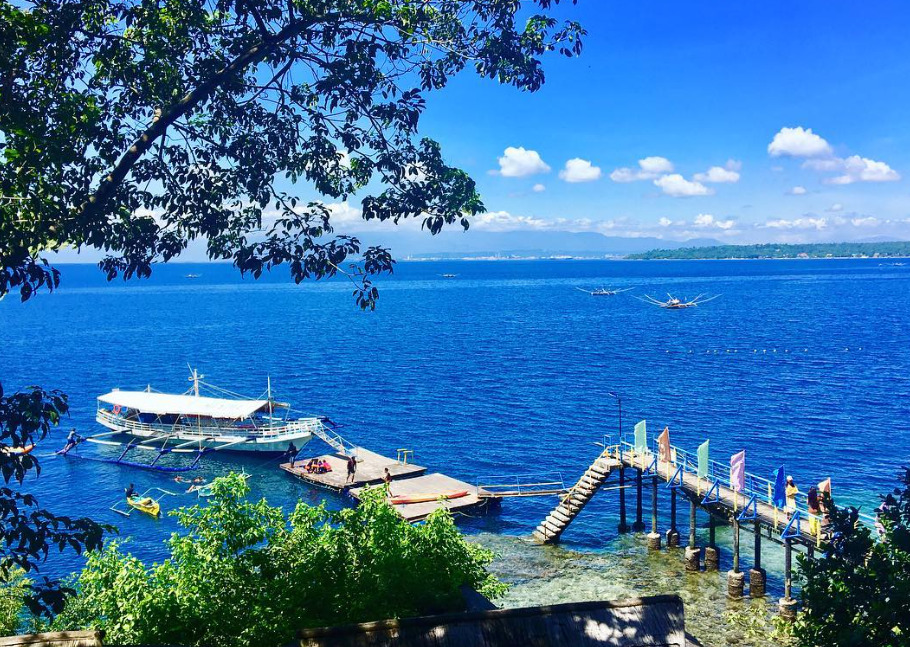
Maxima Aquafun Resort is another traveler favorite for adventure and sports activities. The resort offers a variety of water sports, including banana boat rides, jet skiing, and snorkeling. Visitors can also try out the resort’s famous water slides, which are some of the tallest and fastest in the country. The resort also has a zipline and a giant swing for those who want to experience a different kind of thrill.
Overall, Davao de Oro is a great destination for adventure and sports enthusiasts. Whether you want to try out extreme rides or water sports, there is something for everyone. Make sure to add these activities to your itinerary for an unforgettable experience.
